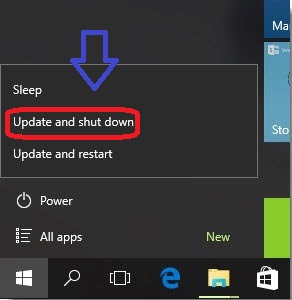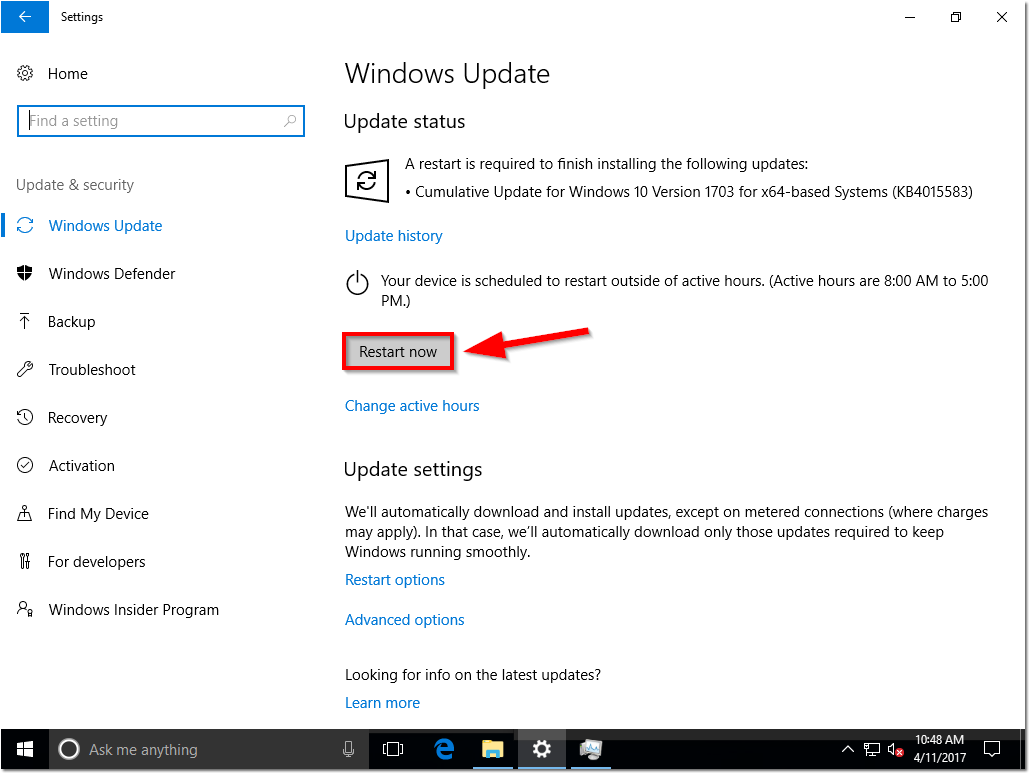

It’s why the option to shut down the system without installing updates was missed.This applies, for example, to Specify the deadline before a pending restart will automatically be executed outside of active hours. Not only does this mean shutting down takes more time, it means that you may have to wait longer before you can use the desktop.

Sometimes the installation needs to complete when you next boot back to the desktop. Updates don’t always finish installing when the system shuts down. This will help users defer updates that have been downloaded which they tend to do in the background. The only way around it was to let the system go to sleep instead of shutting it down. Updates on Windows 10 can be deferred for a long time now but up until the May 2020 update, an update that had been downloaded would be installed when users shut their system down.
Open the dropdown on the Shut Down Windows window. Make sure all the windows are closed or minimized. You can shut down the system without installing updates from the shut down prompt. Select it and the system will shut down without installing updates. The options will have a ‘Shut Down’ option that doesn’t mention updates. You can shut down the system without installing updates from the Power button. In the About Windows window, check the version number. In the run box, enter ‘winver‘, and tap Enter. Tap the Win+R keyboard shortcuts to open the run box. Check Windows versionĬheck your Windows version by following these steps If you’re running Windows 10 version 2004, you will be able to shut down without installing updates. It was missed and was added back in the Windows update. Windows 10 removed the option to shut down the system without installing updates. Shut down without installing updates on Windows 10 It allowed users to forgo installing updates until users were ready since the updates sometimes finish installing on the next reboot. Windows 7 had an option to shut down the system without installing updates. Of course, when you shut down the system, it will first install updates and then shut down. 
Windows 10 now installs updates outside of active hours i.e., when it knows you aren’t using the system. The forced restart has since been abandoned.

The updates were initially forced onto users and systems restarted with little to no warning. Microsoft changed how updates were delivered when it released Windows 10.








 0 kommentar(er)
0 kommentar(er)
